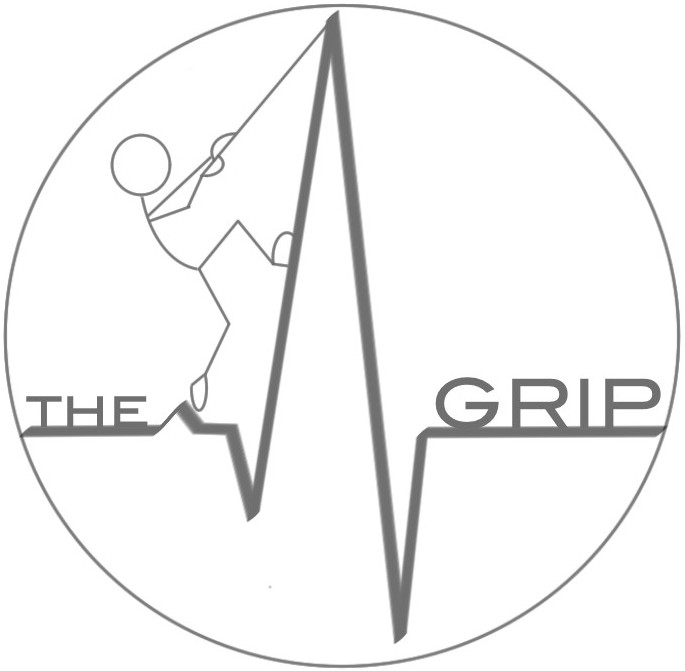The application of esophageal pressure measurement in patients with respiratory failure
Akoumianaki E, Maggiore SM, Valenza F, Bellani G, Jubran A, Loring SH, Pelosi P, Talmor D, Grasso S, Chiumello D, Guérin C, Patroniti N, Ranieri VM, Gattinoni L, Nava S, Terragni PP, Pesenti A, Tobin M, Mancebo J, Brochard L; PLUG Working Group (Acute Respiratory Failure Section of the European Society of Intensive Care Medicine).
Collaborators (60)
Abroug F, Akoumianaki E, Arnaì JM, Artigas A, Bampalis D, Beda A, Beduneau G, Bein T, Bellani G, Beloncle F, Blanch L, Brochard L, Camporota L, Capellier G, Carvalho AR, Chiumello D, Cordoli R, Demoule A, Diehl JL, Fan E, Ferguson N, Gattinoni L, Georgopoulos D, Goligher E, Grasso S, Guerin C, Guervilly C, Heunks LM, Huhle R, Jochmans S, Jonson B, Jubran A, Kavanagh B, Keenan J, Laffey J, Laghi F, Loring S, Lucangelo U, Lyazidi A, Maggiore SM, Mancebo J, Mauri T, Mercat A, Mojoli F, Nava S, Pelosi P, Perchiazzi G, Pesenti A, Piquilloud L, Quintel M, Ranieri M, Richard JC, Rittayamai N, Slutsky A, Del Sorbo L, Talmor D, Tobin M, Valenza F, Weiler N, Yoshida T.
Abstract
This report summarizes current physiological and technical knowledge on esophageal pressure (Pes) measurements in patients receiving mechanical ventilation. The respiratory changes in Pes are representative of changes in pleural pressure. The difference between airway pressure (Paw) and Pes is a valid estimate of transpulmonary pressure. Pes helps determine what fraction of Paw is applied to overcome lung and chest wall elastance. Pes is usually measured via a catheter with an air-filled thin-walled latex balloon inserted nasally or orally. To validate Pes measurement, a dynamic occlusion test measures the ratio of change in Pes to change in Paw during inspiratory efforts against a closed airway. A ratio close to unity indicates that the system provides a valid measurement. Provided transpulmonary pressure is the lung-distending pressure, and that chest wall elastance may vary among individuals, a physiologically based ventilator strategy should take the transpulmonary pressure into account. For monitoring purposes, clinicians rely mostly on Paw and flow waveforms. However, these measurements may mask profound patient-ventilator asynchrony and do not allow respiratory muscle effort assessment. Pes also permits the measurement of transmural vascular pressures during both passive and active breathing. Pes measurements have enhanced our understanding of the pathophysiology of acute lung injury, patient-ventilator interaction, and weaning failure. The use of Pes for positive end-expiratory pressure titration may help improve oxygenation and compliance. Pes measurements make it feasible to individualize the level of muscle effort during mechanical ventilation and weaning. The time is now right to apply the knowledge obtained with Pes to improve the management of critically ill and ventilator-dependent patients.
Am J Respir Crit Care Med. 2014 Mar 1;189(5):520-31. doi: 10.1164/rccm.201312-2193CI
